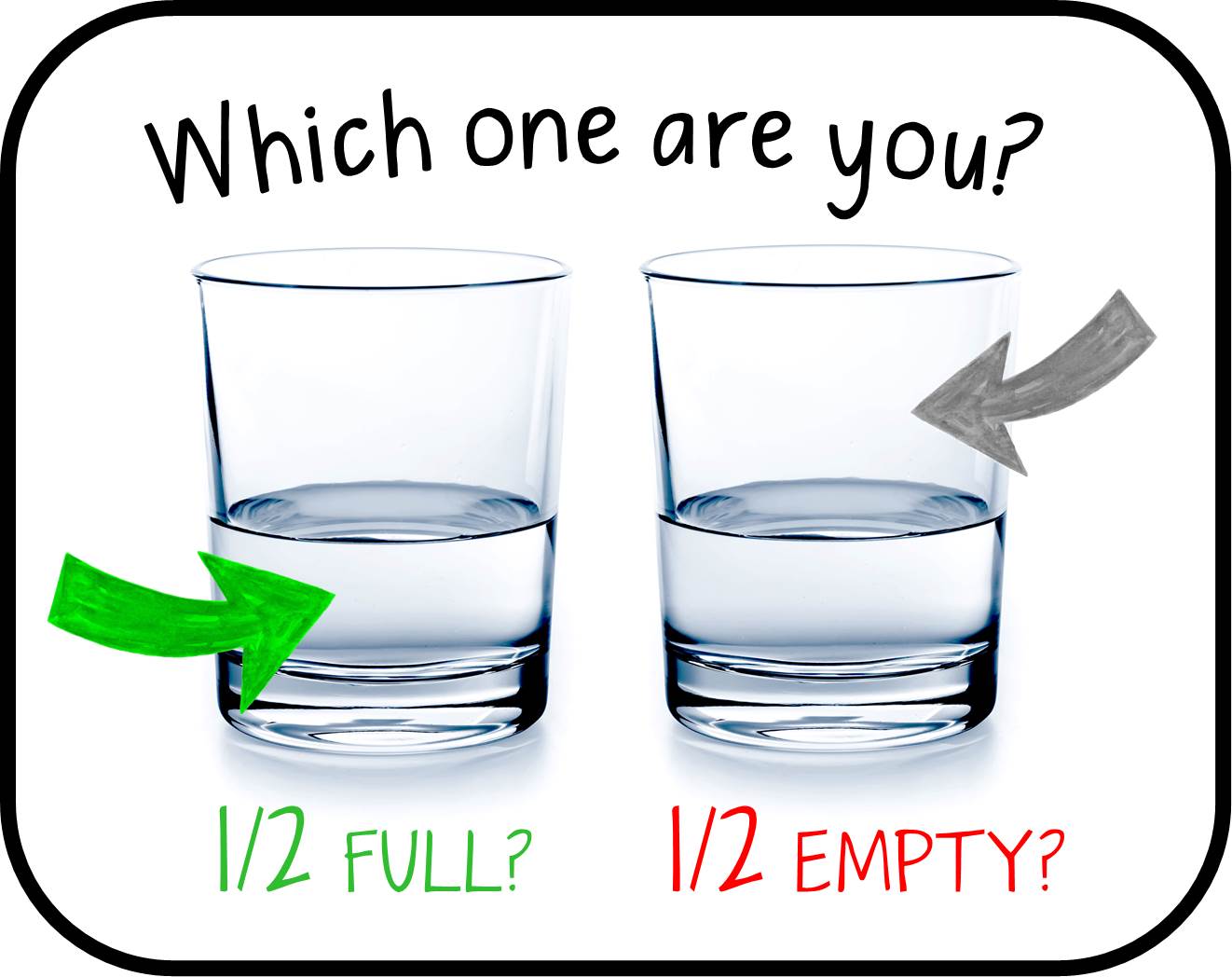In a perfect world we would all like to buy a stock today, sell it tomorrow and bank a huge profit. The reality is that there are significant risks when looking to buy and sell stocks in the short term. As a consequence, it may well be worthwhile considering high yielding stocks which tend to have a significant degree of support already.
High yielding stocks and cash flow
Even though there are some individuals who are able to buy and sell stocks on a short-term basis and bank a significant profit, this is not easy. If you buy a stock at the wrong time then you may be forced to take a loss or hold the shares until they recover. If you bank a loss, this reduces your investment pot, if you hold until the shares hopefully recover, then you are committed and your trading funds have been depleted (at least in the short term).
If you have a number of relatively high yielding stocks in your portfolio then the dividend payments will create a useful income stream. It would be misleading to suggest that high yielding stocks are not susceptible to rocky trading periods but you will see certain sectors offering relatively high yields. On the flipside of the coin, a relatively high yielding share would indicate a stock with relatively low profits growth – perhaps a strong, although steady, profit stream. One perfect example is the utility companies which are often heavily regulated but also seen as cash generative.
Support in troubled times
The first thing to say is that in an economic downturn very few sectors will escape unscathed. That said, those stocks offering relatively stable profitability, such as utility companies, and higher than average dividend yields often attract a degree of support. People and businesses will still need gas, electric and other utilities no matter what is happening with the economy.
Also, in the event of a significant economic downturn central banks tend to reduce interest rates, to make finance cheaper, to attract lending to fund an economic recovery. So, if you have a stock which yields for example 6% and interest rates fall to 2%, then there are obvious attractions to the cash flow created by the 6% dividend yield. There is no certainty that dividends will not be cut, but the companies which are relatively cash generative may well be less volatile than their capital growth driven counterparts.
Balance your portfolio – high yield and growth
It is all good and well making profits when markets are flying high but what happens if markets turn and you are fully invested? There is nothing wrong in focusing an element of your portfolio towards stocks with potential for capital appreciation but also consider higher yielding stocks. They will offer a degree of strength, a backbone in troubled times, as well as a useful income stream. In a perfect world, yes, we would all like to buy a share today and bank a profit tomorrow but this is not feasible as a long-term strategy.
Conclusion
While many people see high yielding stocks as “boring” there is nothing boring about a stock which holds its value when the markets are in freefall. Remember, when chasing the next high-tech stock to try and bank a big profit, they often have a huge premium associated with market sentiment. When the stocks are in favour, they can do extremely well, but when markets turn and there are no actual profits on which to value the company, they can struggle. It is obviously possible to buy and sell on future profits potential but the further out you look the greater the degree of risk.

